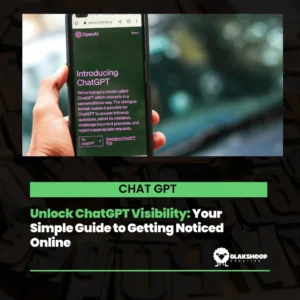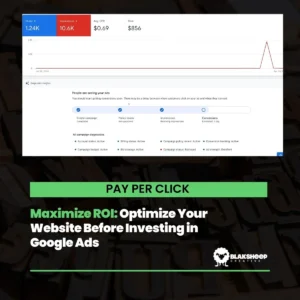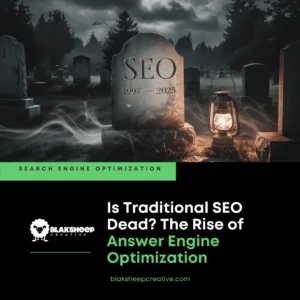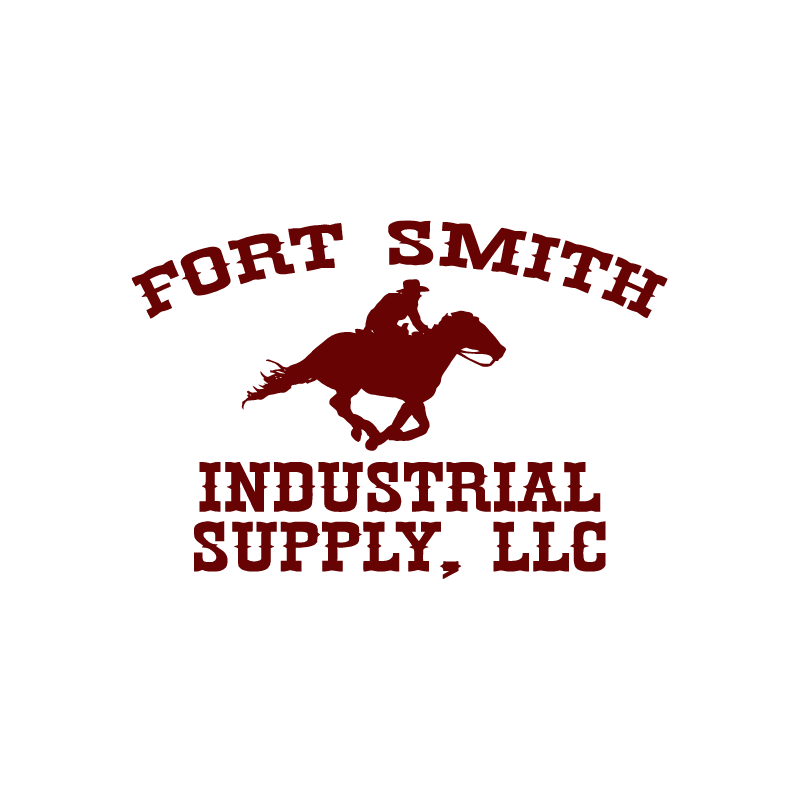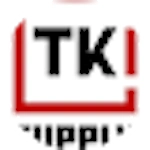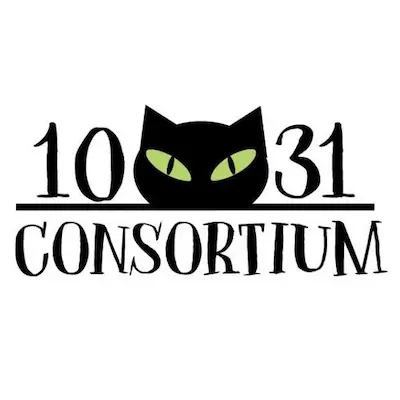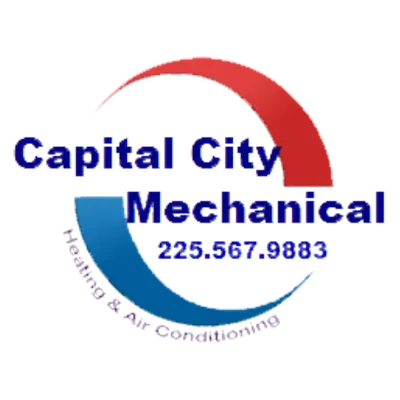Looking to optimize your business website for local search engine traffic? Grab a pen and paper and follow this checklist brought to you by BlakSheep Creative to achieve those quick local SEO wins. Boost your online visibility, attract local customers, and drive more traffic to your website!
1. Claim Your Google Business Profile
Local SEO is all about being visible online, and one of the best ways to do this is by claiming your Google Business profile. It’s free, easy to set up, and offers a great platform for businesses to showcase their products or services as well as manage customer reviews.
Plus, with a business profile, you can feature in Google Maps when people search for local services like yours.
Plus, this is the only way to let Google know about your business and where it is located so that you can show up in the local search results.
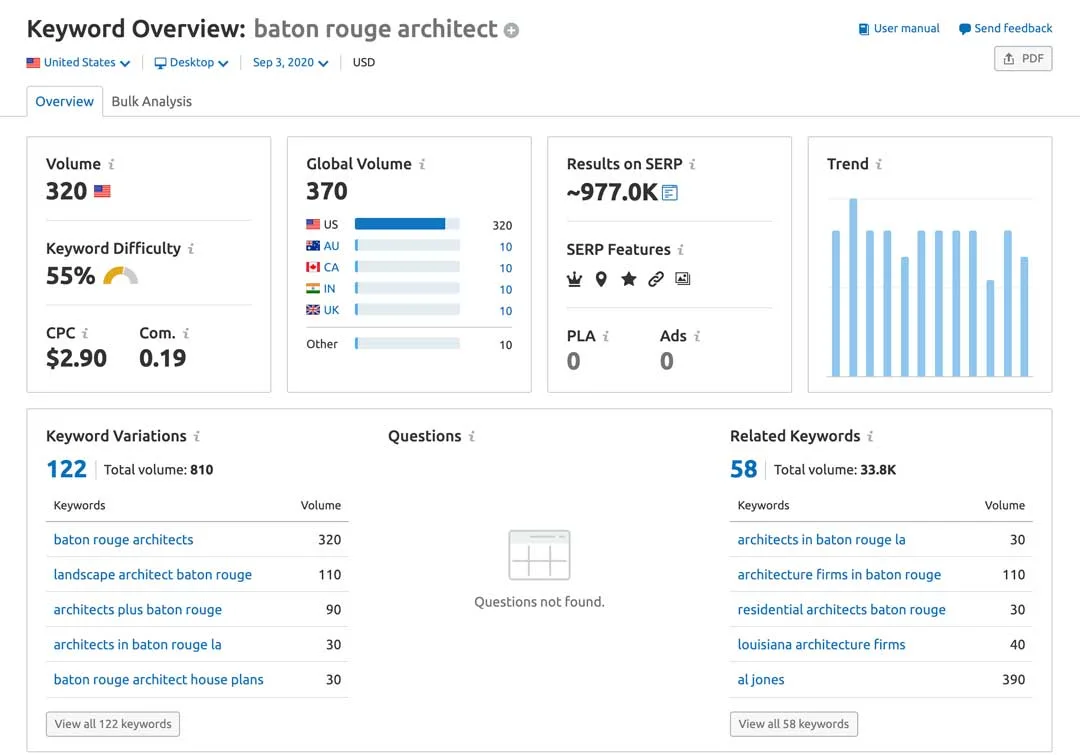
2. Conduct Thorough Keyword Research
Identify the terms that your target audience is searching for relevant to your [product/service].
- Use keyword research tools (e.g., Google Keyword Planner, SEMrush)
- Identify primary and secondary keywords
- Analyze competitors’ keywords
- Keep local intent in mind (e.g., ‘near me,’ city name)
3. Optimize Title Tags, Meta Descriptions, and Heading Tags
Update your website’s taglines with the primary and secondary keywords you have identified. This is crucial for guiding search engines through the relevance of your content, but it’s also the first impression users get in the SERPs. Here’s how to make it count:
- Write unique and engaging title tags that instantly convey the value of your page.
- Craft informative and actionable meta descriptions that encourage clicks.
- Include keywords in header tags (<h1>, <h2>, etc.) to structure your content effectively for both users and search engines.
But beware of sticking with generic titles like “Home” that can leave visitors and search engines guessing what your page is about. For a deeper dive into the art of crafting title tags that stand out in the SERPs, check out our comprehensive guide: “Is Your Website Stuck in the Past? ‘Home’ in SERPs is No Laughing Matter.” Discover the transformative power of a well-optimized title tag and how it can elevate your site’s SEO and user engagement.
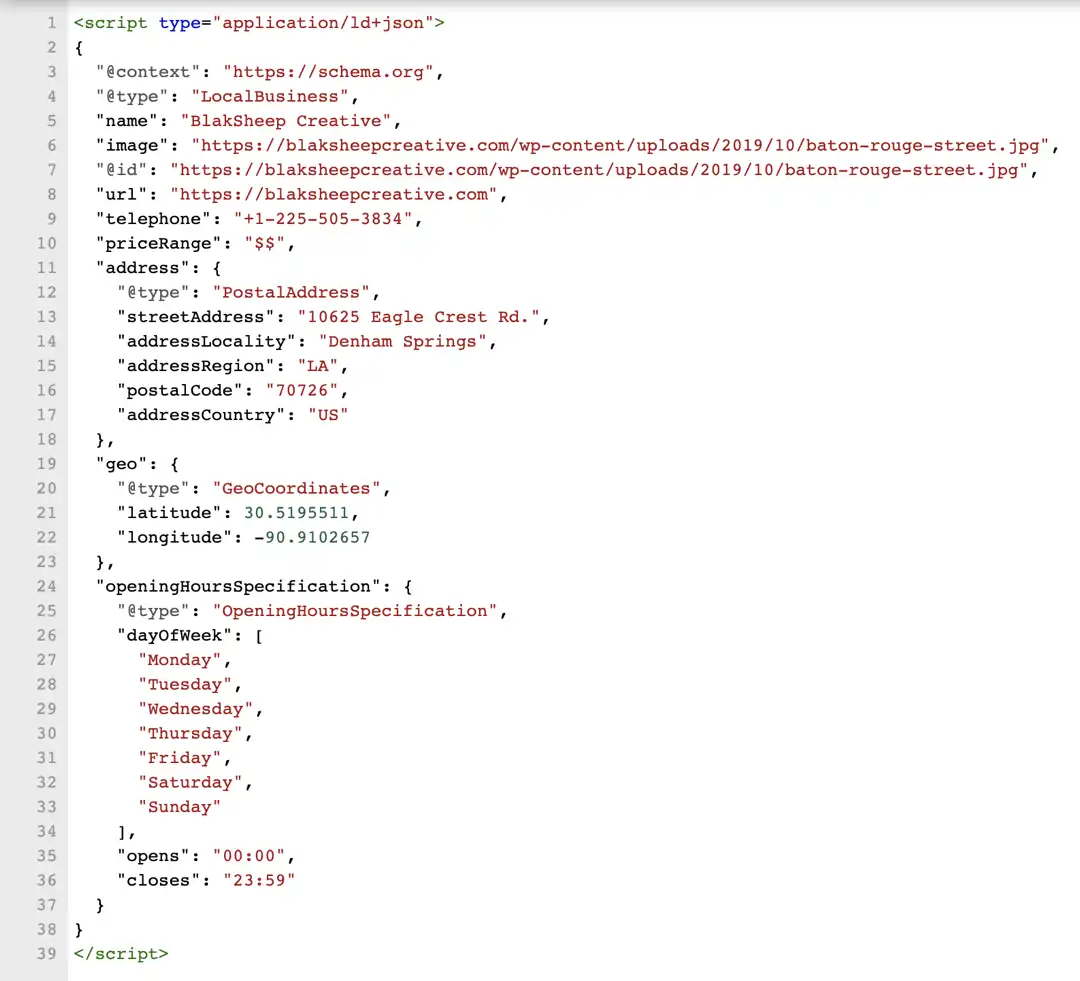
Remember, a well-optimized page goes beyond just keywords. It’s about creating a seamless narrative that begins with the title tag and carries through to the last heading on the page.
4. Implement Schema Markup
Maximize your local search engine rankings by integrating schema markup and microdata.
- Use Schema.org templates for local businesses.
- Include relevant information (e.g., business name, address, phone number, website URL)
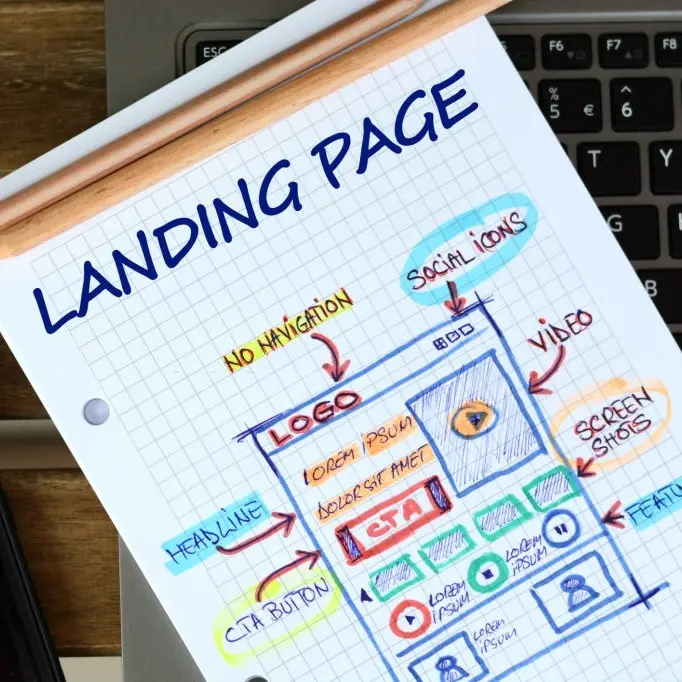
5. Create Local Landing Pages
Develop and add local landing pages to your website featuring tailored content.
- Incorporate local maps and directions
- Showcase customer reviews specific to the region
- Promote local events and promotions
- Optimize content and tags with local keywords
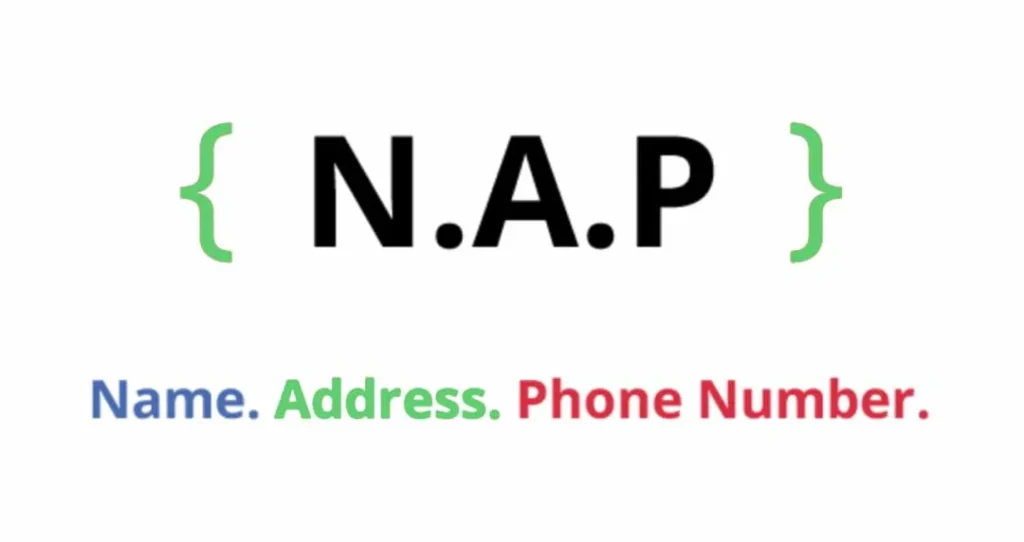
6. Maintain Accurate NAP (Name, Address, Phone Number)
Ensure that your website’s NAP information is consistent and up-to-date across online directories.
- Verify your NAP on your website and Google My Business
- Update NAP on directory listings (e.g., Yelp, Bing Places, Foursquare)
- Check for accuracy and consistency across all platforms
By following these best practices in website optimization, you’ll significantly boost your website’s local search engine rankings and drive more high-quality traffic to your [product/service]. Experience the quick local SEO wins and give your business the online visibility it deserves with the help of BlakSheep Creative.
Get a Free Local SEO Audit From BlakSheep Creative!
It’s time to optimize your business website for local search engine traffic with the help of BlakSheep Creative. Our team of local SEO experts will provide your business with an in-depth audit to identify any areas of improvement and give you the quick local SEO wins you need. Get started now – schedule your free local SEO audit today!

